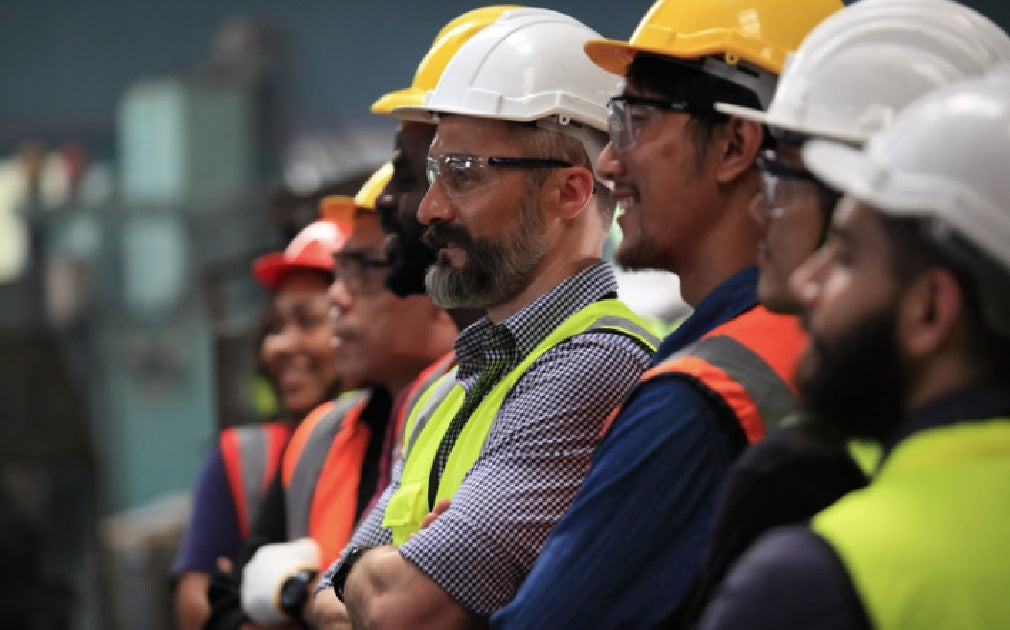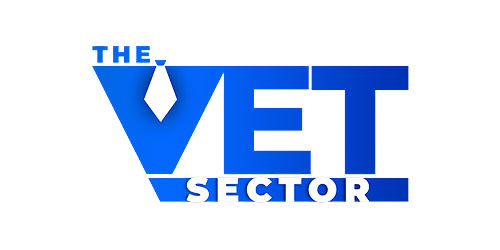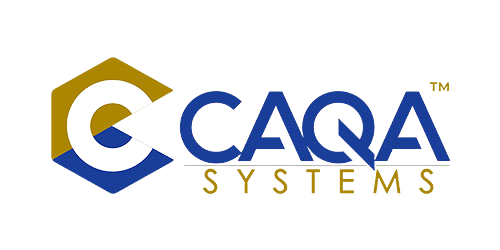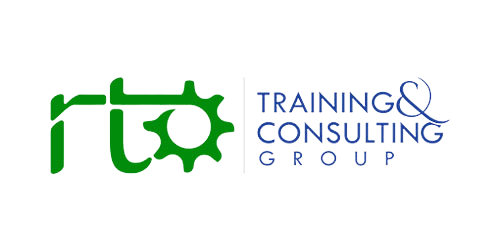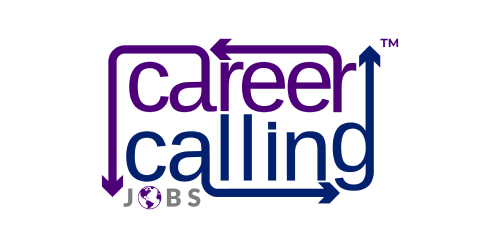The Australian vocational education and training (VET) sector is facing a critical quality challenge. In multiple industries and training areas, evidence continues to emerge of Registered Training Organisations (RTOs) bypassing essential practical training requirements. This is occurring through the substitution of genuine workplace placements and high-fidelity simulated environments with low-quality online platforms that cannot replicate the complexity, risks, or skill demands of real work.
Reports from across the sector highlight cases where learners are assessed as competent without ever engaging in authentic hands-on training. This trend is visible in early childhood education and care (ECEC), civil construction, and a wide range of trade disciplines. In many cases, basic websites offering fillable forms, downloadable mock documents, or virtual tours are being presented as “simulated environments.” These tools may have value as supplementary learning resources, but they do not meet the requirements for assessment conditions specified in training packages.
The persistence of such practices undermines the credibility of qualifications, compromises safety, and erodes public trust in the VET system. The Australian Skills Quality Authority (ASQA) must take a firm, consistent, and uncompromising approach to enforcement in this area.
The Definition and Purpose of Simulation
A genuine simulated environment is a controlled training space designed to replicate the physical, procedural, and environmental conditions of a real workplace. The purpose is to provide learners with an opportunity to demonstrate required skills and knowledge under realistic conditions when access to actual workplaces is limited or impractical.
High-quality simulation involves real tools, authentic equipment, and conditions that mirror the operational pressures and risks of industry practice. It is not simply a collection of hypothetical tasks delivered online. The use of websites as the sole form of simulation disregards the intent of the Standards for RTOs and fails to develop the applied competence required in most industries.
Risks of Inadequate Practical Training
The absence of proper simulation or workplace engagement carries significant risks. In high-risk trades such as plumbing, electrical work, automotive repair, and construction, insufficient practical skill development can have immediate and potentially catastrophic consequences. Poorly executed work can result in property damage, serious injury, or loss of life.
Effective competency development in these disciplines requires learners to master tool handling, hazard recognition, environmental awareness, and adherence to safety procedures. These capabilities are inherently physical and situational; they cannot be fully developed through static or virtual resources.
Implications for Early Childhood Education and Care
The risks extend beyond trades into sectors such as ECEC, where the safety and well-being of children depend on the practitioner’s ability to respond to complex and unpredictable situations. An authentic workplace experience is essential to developing the judgment, responsiveness, and interpersonal skills required in this field.
Replacing real-world childcare placements with online simulations or hypothetical scenarios compromises this preparation. It risks producing graduates who are unable to identify hazards, respond to emergencies, or provide safe, responsive care — creating unacceptable risks for children and families.
Compliance and Regulatory Oversight
The Standards for RTOs require that assessments meet the conditions outlined in the relevant units of competency. Many units explicitly require performance to be demonstrated in a real or high-fidelity simulated environment. The continued acceptance of low-quality online simulations indicates a compliance and enforcement gap.
Consistency in regulatory outcomes is essential. If one RTO is sanctioned for inadequate simulation while another with identical practices passes audit, the credibility of the entire compliance framework is weakened. The role of ASQA must extend beyond document reviews to direct inspection and verification of training environments.
Why Online-Only Approaches Are Insufficient
Web-based platforms cannot replicate the unpredictability, environmental pressures, and sensory demands of actual workplaces. A construction learner must physically handle materials, measure accurately under time constraints, and work in variable conditions. An automotive apprentice must manipulate components, diagnose faults by touch or sound, and navigate the spatial limitations of real vehicles.
These requirements involve a combination of technical proficiency, environmental adaptation, and interpersonal communication that cannot be developed solely through online interaction. Digital resources may prepare learners conceptually, but they cannot substitute for the physical practice required to achieve genuine competency.
Pathways to Sector Reform
Firstly, the enforcement of unit-specific assessment conditions without permitting low-fidelity substitutions is paramount. This means that if a training package specifies a particular piece of equipment, a specific type of environment, or a direct interaction with real-world scenarios, these conditions must be met. Allowing generic or simplified alternatives undermines the authenticity of the training and the credibility of the qualification. Assessments must rigorously reflect the detailed requirements outlined in the training packages, ensuring graduates possess the precise skills and knowledge demanded by industry. Any deviation must be clearly justified and demonstrably meet the intended learning outcomes with equivalent rigour.
Secondly, there is an urgent need for the development of clear, nationally consistent guidelines defining acceptable simulation practices. Currently, the interpretation and application of "simulation" can vary significantly across providers and even within different courses. These guidelines must articulate what constitutes a high-fidelity simulation, distinguishing it from mere theoretical exercises or basic role-playing. They should specify the necessary elements, such as realistic equipment, authentic scenarios, appropriate environmental cues, and skilled facilitators, that contribute to a genuinely immersive and effective simulated learning experience. Consistency across states and territories will ensure equitable standards and foster greater confidence in VET qualifications.
Thirdly, to address situations where direct workplace access is genuinely limited or unsafe, increased investment in high-fidelity simulation facilities is crucial. This is not about replacing all workplace learning, but about providing realistic and immersive alternatives when necessary. These facilities should mirror actual industry settings as closely as possible, incorporating industry-standard equipment, technology, and operational procedures. Such investment would allow students to practice complex tasks, refine critical skills, and make decisions in a safe, controlled environment that closely replicates the pressures and realities of a real workplace, without compromising safety or operational efficiency in actual industry settings.
Fourthly, a more structured consultation with industry to ensure simulated tasks reflect authentic workplace realities is absolutely vital. Industry representatives are the ultimate arbiters of what constitutes job-ready skills. Therefore, their input should not be an afterthought but an integral part of the curriculum design and simulation development process. This involves regular, formalised dialogues where industry provides detailed insights into current workplace practices, emerging technologies, and critical competencies. Simulated tasks and scenarios should be co-designed with industry experts to guarantee their relevance and accuracy, ensuring that graduates are prepared for the dynamic demands of their respective sectors.
Finally, audits that include direct observation of simulated environments and training delivery are essential for accountability and quality assurance. Current audit practices may rely heavily on documentation and interviews. However, to truly ascertain the quality of simulation, auditors must directly observe the simulated environments in operation, scrutinise the equipment used, and witness the training delivery in action. This hands-on approach allows auditors to assess the fidelity of the simulation, the competence of trainers in managing these environments, and the active engagement of students in realistic tasks, thereby ensuring compliance with the established guidelines and genuine replication of industry conditions.
Collectively, these comprehensive actions would significantly enhance the credibility of the VET system. They would ensure that the term “simulation” is applied only to training environments that genuinely replicate industry conditions, thereby instilling confidence in employers and validating the skills of VET graduates as truly workplace-ready. This strategic shift is necessary to maintain the VET sector's crucial role in developing a skilled and adaptable workforce for the nation's economic prosperity.
Conclusion
The integrity of vocational education depends on the consistent delivery of training and assessment that meets both the letter and intent of the Standards for RTOs. Online-only “simulations” that lack the fidelity, complexity, and risk profile of real workplaces cannot produce graduates who are genuinely competent.
Authentic workplace engagement or high-fidelity simulation is essential to ensuring that graduates are safe, skilled, and job-ready. RTOs must prioritise these requirements, and ASQA must enforce them with consistency and rigour. The continued use of websites as substitutes for real workplace experience represents a systemic risk that the sector can no longer afford to overlook.


